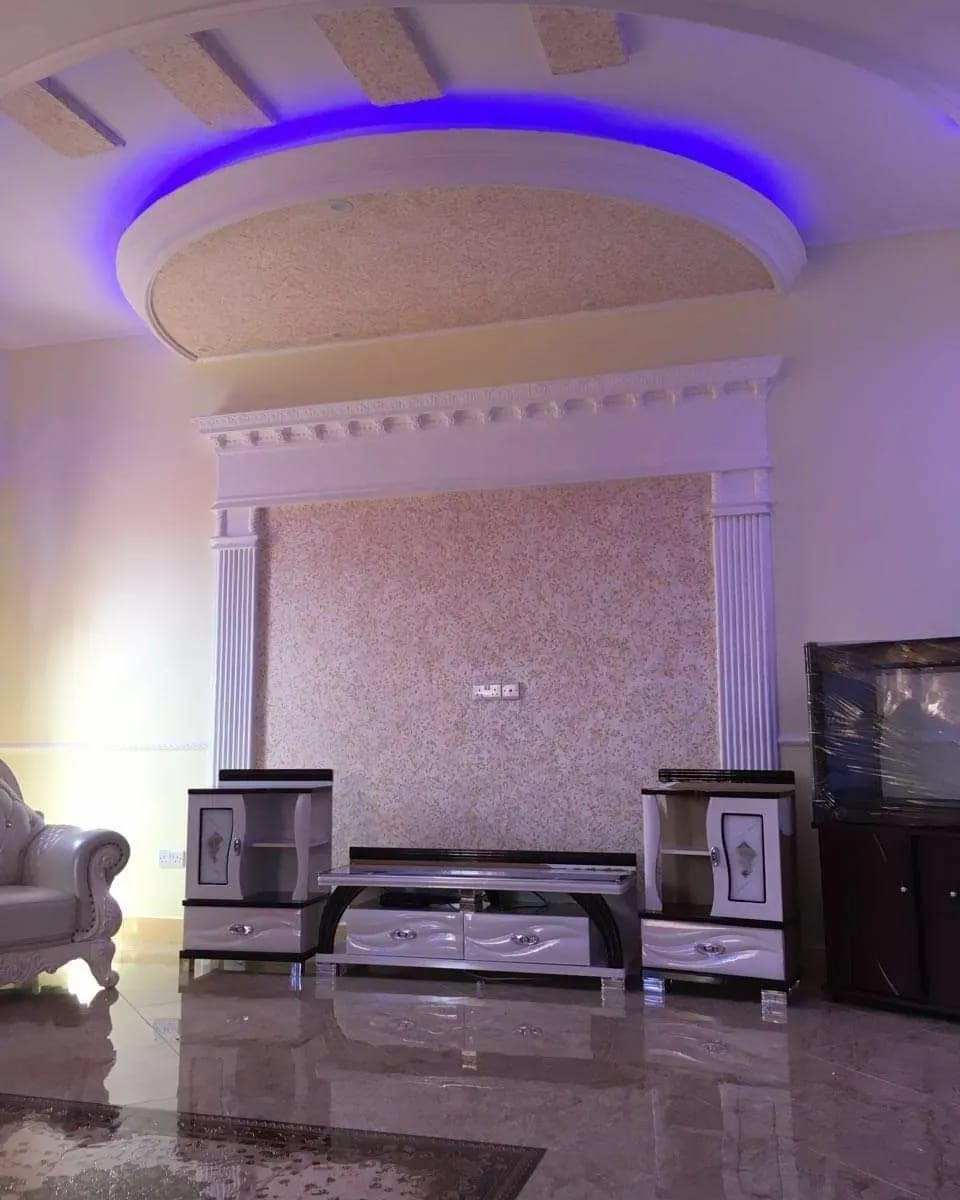
Best Practices for Indoor Design
Designing indoor spaces involves creating functional, aesthetically pleasing, and comfortable environments that cater to the needs and preferences of occupants. Here are some best practices for indoor design:**1. Understand the Purpose:**Before beginning any design work, thoroughly understand the purpose of the space. Whether it's a home, office, retail store, or any other type of interior, the design should align with its intended function.**2. Space Planning:**Efficient space planning is crucial. Determine the layout based on traffic flow, accessibility, and usability. Ensure there's enough room for furniture, equipment, and movement while avoiding clutter.**3. Lighting:**Proper lighting can transform a space. Incorporate a mix of natural and artificial lighting to create a balanced and inviting atmosphere. Use different types of lighting (ambient, task, accent) for functionality and mood enhancement.**4. Color Scheme:**Choose a color palette that suits the purpose of the space and the desired mood. Lighter colors can make a room feel more open, while darker colors can add coziness. Consider color psychology and the relationship between colors.**5. Furniture and Layout:**Select furniture that fits the scale of the space and serves its purpose. Arrange furniture in a way that encourages conversation, traffic flow, and usability. Don't overcrowd or under-furnish a room.**6. Materials and Textures:**Incorporate a variety of materials and textures to add visual interest and tactile appeal. Balance hard surfaces like wood and metal with soft elements like textiles and upholstery for a harmonious look.**7. Functionality and Practicality:**Prioritize functionality. Design with the needs of the occupants in mind. Ensure storage solutions, seating, and workspaces are ergonomic and user-friendly.**8. Acoustics:**Consider acoustics to control noise levels within a space. Use materials that absorb and dampen sound, especially in areas where noise can be an issue.**9. Sustainability:**Incorporate sustainable design practices. Use eco-friendly materials, energy-efficient lighting, and consider the life cycle of products. Sustainable design benefits both the environment and occupants.**10. Flexibility and Adaptability:**Design spaces that can adapt to changing needs. Modular furniture, movable partitions, and multi-functional elements allow spaces to be reconfigured as necessary.**11. Personalization:**Create spaces that reflect the personality and preferences of the occupants. Incorporate elements like artwork, photographs, and decor that have sentimental value.**12. Balance and Harmony:**Strive for balance and harmony in design. Combine different elements in a way that creates a cohesive and visually pleasing result.**13. Safety and Accessibility:**Ensure that the design complies with safety regulations and accessibility standards. Consider the needs of all occupants, including those with mobility challenges.**14. Test and Refine:**During the design process, test different layouts, color schemes, and arrangements. Gather feedback and be willing to make adjustments to achieve the best result.**15. Professional Input:**For complex projects, consider hiring an interior designer or architect. Professionals bring expertise, experience, and a fresh perspective to the design process.Remember that the best practices for indoor design can vary depending on the specific context and goals of the project. Customizing your design approach to suit the unique needs of the space and its occupants is key to achieving successful interior design outcomes.
Read also:
Important things to Consider when Buying a House- Othman Othman



Add a comment